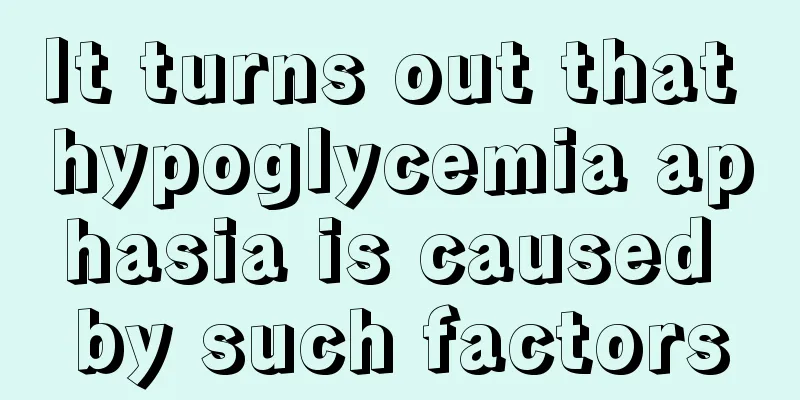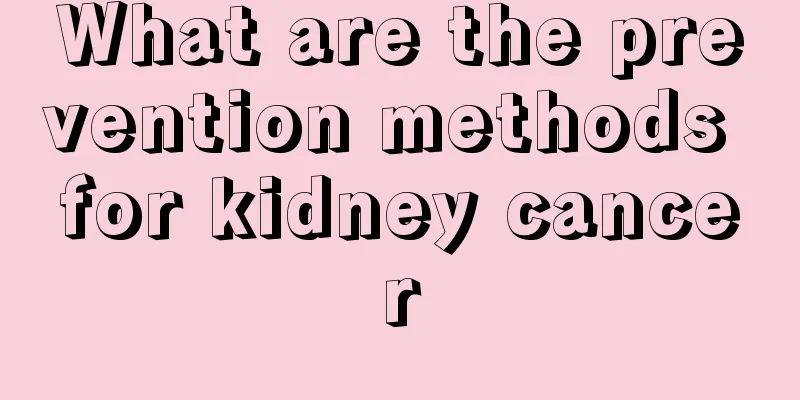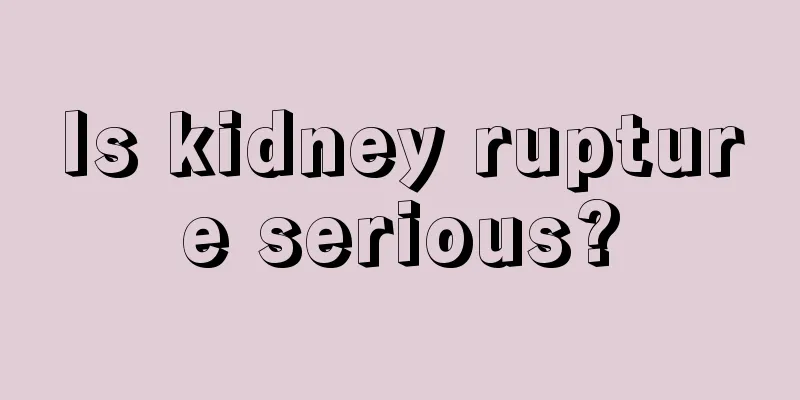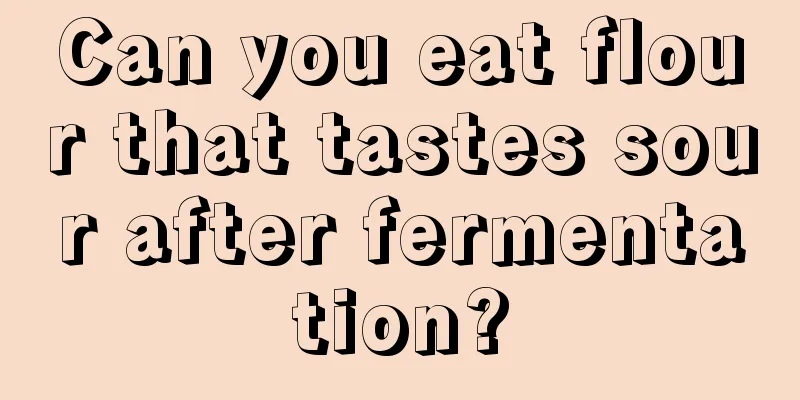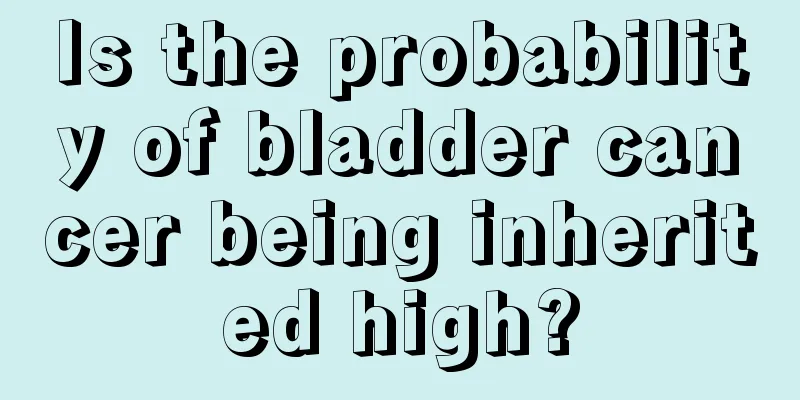Acupuncture points for treating atrial fibrillation

|
Traditional Chinese medicine believes that pressing the acupuncture points on the human body can achieve a certain effect in treating diseases. Because each organ in the human body corresponds to different acupuncture points, when a problem occurs in a certain organ of the human body, the disease can be treated by pressing this acupuncture point. Atrial fibrillation is a symptom of irregular heartbeat, so Chinese medicine believes that the treatment of atrial fibrillation can also be achieved by pressing relevant acupoints. So for patients with atrial fibrillation, what are the acupuncture points that can treat atrial fibrillation? 1. Which acupoints should be massaged for atrial fibrillation? 1.1. Shenmen acupoint On the inside of the wrist, on the transverse wrist line next to the little finger. Shenmen acupoint is specially used to treat heart disease. When premature heart beats or atrial fibrillation occur, massaging the Shenmen acupoint can relieve the symptoms in time. This point can replenish the vital energy of the heart meridian and nourish the heart. 1.2. Zhongchong Point Located in the center of the tips of the middle fingers of both hands, it is often used for first aid in pain, coma, and dysmenorrhea. It has the function of regulating heart rate and is mainly used to treat angina pectoris, myocarditis, etc. It can be pressed and cut with the thumb nail. 1.3. Tianquan Point Two inches below the horizontal line under the armpit. This point is specifically used to treat chest tightness, shortness of breath and chest pain caused by blood stasis in the heart. When your heartbeat speeds up or you feel chest tightness, you can press the Tianquan point with your fingers for 3 to 5 seconds, stop for 1 to 2 seconds, and then continue pressing for 2 to 3 minutes. It is very effective for tachycardia, chest pain, palpitations and anxiety. 2. What are the symptoms of atrial fibrillation? 2.1. The symptoms of paroxysmal atrial fibrillation are that the attack starts suddenly, and the patient feels palpitations, shortness of breath, discomfort in the precordial area and anxiety. For elderly people with coronary heart disease, the ventricular rate is very fast at the beginning of atrial fibrillation, and they may experience dizziness or even syncope, and sometimes heart failure and shock. The duration of each attack varies, ranging from a few seconds to frequent attacks and from several days to weeks to long attacks. 2.2. Persistent atrial fibrillation symptoms are related to existing heart disease and ventricular rate. The main symptoms of this type of atrial fibrillation are: patients with atrial fibrillation feel palpitations and shortness of breath, especially after activity, the ventricular rate increases significantly. People with persistent atrial fibrillation are prone to heart failure. During atrial fibrillation, the atria have no contractile force and hemodynamics are disordered, making it easy for mural thrombi to occur, leading to systemic and pulmonary circulation embolism, with cerebral embolism and limb artery embolism being the most common. 2.3. If there is no other heart disease and the heartbeat is basically normal during atrial fibrillation, the patient may not have any symptoms of atrial fibrillation and is discovered by chance. If atrial fibrillation causes a rapid heartbeat, the patient will experience palpitations, shortness of breath, chest tightness, shortness of breath, panic, etc. If there is other heart disease, it will aggravate the symptoms of heart disease, especially heart failure. 3. What are the dangers of atrial fibrillation? 3.1. Patients with atrial fibrillation are prone to blood clots forming in their hearts, and atrial fibrillation can easily cause blood clots to break off. The detached blood clots travel through the blood vessels to the brain, which can easily cause cerebral infarction. Therefore, the risk of cerebral infarction in patients with atrial fibrillation is approximately 4 to 7 times that of people with normal heart rhythm. It can be seen that atrial fibrillation has seriously threatened people's quality of life and health. 3.2. Long-term atrial fibrillation will lead to a lack of effective atrium contraction, which will be replaced by ineffective and uncoordinated contraction, extremely irregular heartbeat, incomplete ventricular filling, and a significant decrease in cardiac output. These ineffective contractions not only fail to discharge blood into the arteries to maintain normal blood circulation, but also consume the energy of the myocardium. Therefore, over time, it is easy to cause heart failure. |
<<: What is the reason why the child keeps vomiting
>>: Treatment of rapid atrial fibrillation
Recommend
Nutritional value of lantern fruit
Lantern fruit is a common fruit among the people....
Uses of expired beer
In our daily lives, beer often expires, but do we...
Going home for the New Year will keep you away from motion sickness. Anti-motion sickness food therapy
The New Year is coming soon, and the anticipation...
Can I eat mango if I have a bad heart?
The heart is a very important part of the human b...
What are some practical tips for removing blackheads and shrinking pores?
Blackheads are a skin condition left after acne h...
Can liver cancer be transmitted to pregnant women?
Liver cancer is a very harmful disease. Most pati...
Does nasopharyngeal carcinoma develop quickly?
The development period is generally about one mon...
What are the hazards of advanced laryngeal cancer
Nowadays, there are a lot of people suffering fro...
What should you pay attention to after minimally invasive surgery for comminuted fractures?
Fractures are divided into different levels of se...
Standing on one leg for 20 seconds can predict whether you are prone to stroke and dementia
According to a British media report, a new Japane...
Timely diagnosis of lung cancer
The diagnosis of lung cancer is very important. I...
How long can you live with cervical cancer
When women are diagnosed with cervical cancer, th...
What are the functions and effects of Bodhi seeds?
In daily life, Bodhi seeds are a common thing for...
Rules for a child's full moon banquet
When a child is just one month old, parents and r...
What is the life expectancy of patients with early kidney cancer
The life expectancy of patients with early kidney...



